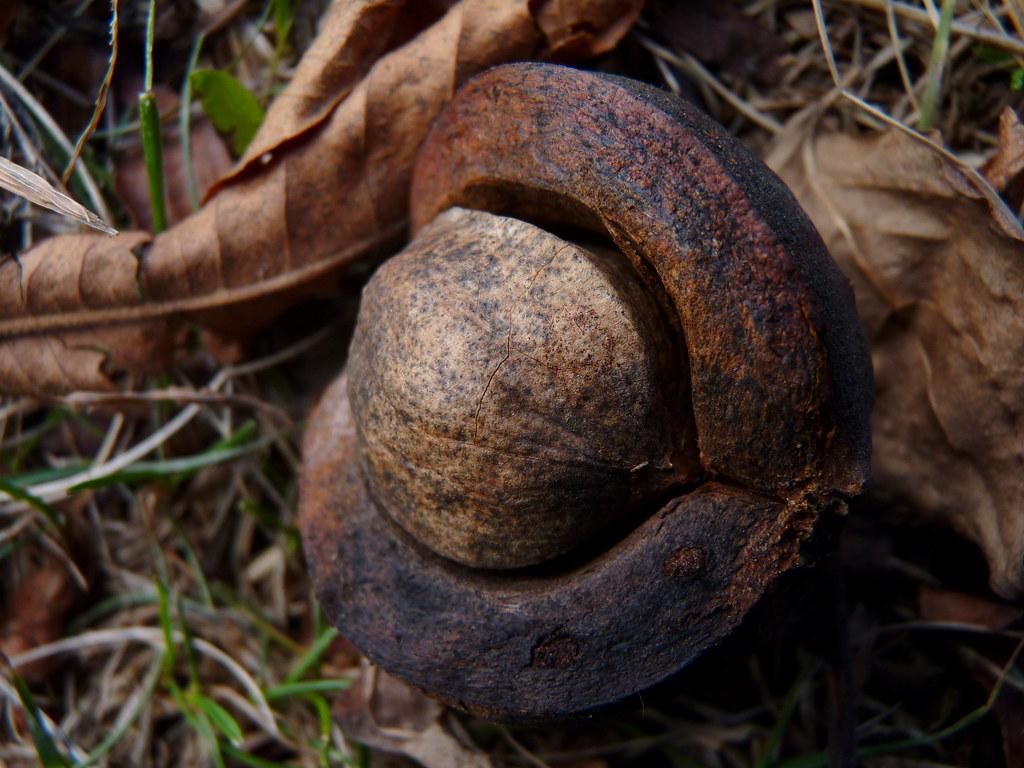
Edible Nuts are an important part of a healthy diet, and foraging for wild nuts can be an exciting way to explore nature and find new and unique sources of nutrition. With the right knowledge, it is possible to identify and collect various types of nuts growing in the forest, ranging from sweet and delicious to nutritious and filling.
In this comprehensive guide, we’ll introduce you to some of the most common and accessible wild edible nuts you can find in the forest.
Acorns
Acorns are one of the most commonly found wild edible nuts and are a staple food source for many animals in the forest. They are also high in carbohydrates, fiber, and essential vitamins and minerals, making them a nutritious and filling food source for humans. To prepare acorns for eating, they must be leached of their bitter tannins, which can be accomplished by boiling them in several changes of water or by burying them in the ground for several months.
Hazelnuts
Hazelnuts, also known as filberts, are sweet and flavorful nuts that are commonly found in the forest. They grow in clusters on shrubs and small trees and are a good source of protein, healthy fats, and essential vitamins and minerals. Hazelnuts can be eaten raw, roasted, or used in baking and cooking to add flavor and nutrition to a variety of dishes.
Black Walnuts
Black walnuts are large and flavorful nuts that are native to North America and can be found growing in the forest. They are high in healthy fats, protein, and essential vitamins and minerals, and their strong, earthy flavor makes them a popular ingredient in baking and cooking. Black walnuts can be eaten raw or roasted, and their tough shells can be cracked open with a nutcracker or by placing them in a bag and hitting them with a hammer.
Chestnuts
Chestnuts are sweet and delicious nuts that are native to Europe and Asia but can also be found growing in North America. They are a good source of carbohydrates, fiber, and essential vitamins and minerals, and their flavor is often described as nutty and slightly sweet. Chestnuts can be roasted, boiled, or used in baking and cooking to add flavor and nutrition to a variety of dishes.
Pine Nuts
Pine nuts are small and flavorful nuts that are commonly found in the forest and are a staple food source for many animals, including squirrels and chipmunks. They are high in protein, healthy fats, and essential vitamins and minerals, and their sweet and nutty flavor makes them a popular ingredient in baking and cooking. Pine nuts can be eaten raw or roasted, and they are often used in pesto, granolas, and trail mix.
Beechnuts
Beechnuts are small and flavorful nuts that are commonly found in the forest and are a staple food source for many animals, including squirrels and chipmunks. They are high in carbohydrates, fiber, and essential vitamins and minerals, and their sweet and nutty flavor makes them a popular ingredient in baking and cooking. Beechnuts can be eaten raw or roasted, and they are often used in granolas, trail mix, and baked goods.
In conclusion, foraging for wild edible nuts can be a fun and nutritious way to explore the forest and find new sources of nutrition. By identifying and collecting acorns, hazelnuts, black walnuts, chestnuts, pine nuts, and beechnuts, you can add variety and flavor to your diet and enjoy the many health benefits that these wild nuts have to offer.
Keywords: wild edible nuts, edible nuts, foraging for edible nuts, how to forage for edible nuts, steps to forage for edible nuts
Check out Little Tree Food Forest for articles on food forests and homesteading.
Check out StoryScapes for articles on creative writing.








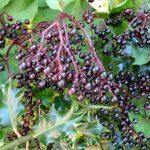
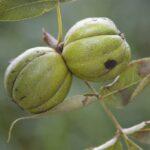
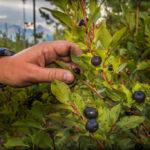
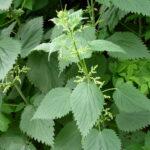
2 thoughts on “Wild Edible Nuts: A Comprehensive Guide to Foraging in the Forest”
Comments are closed.